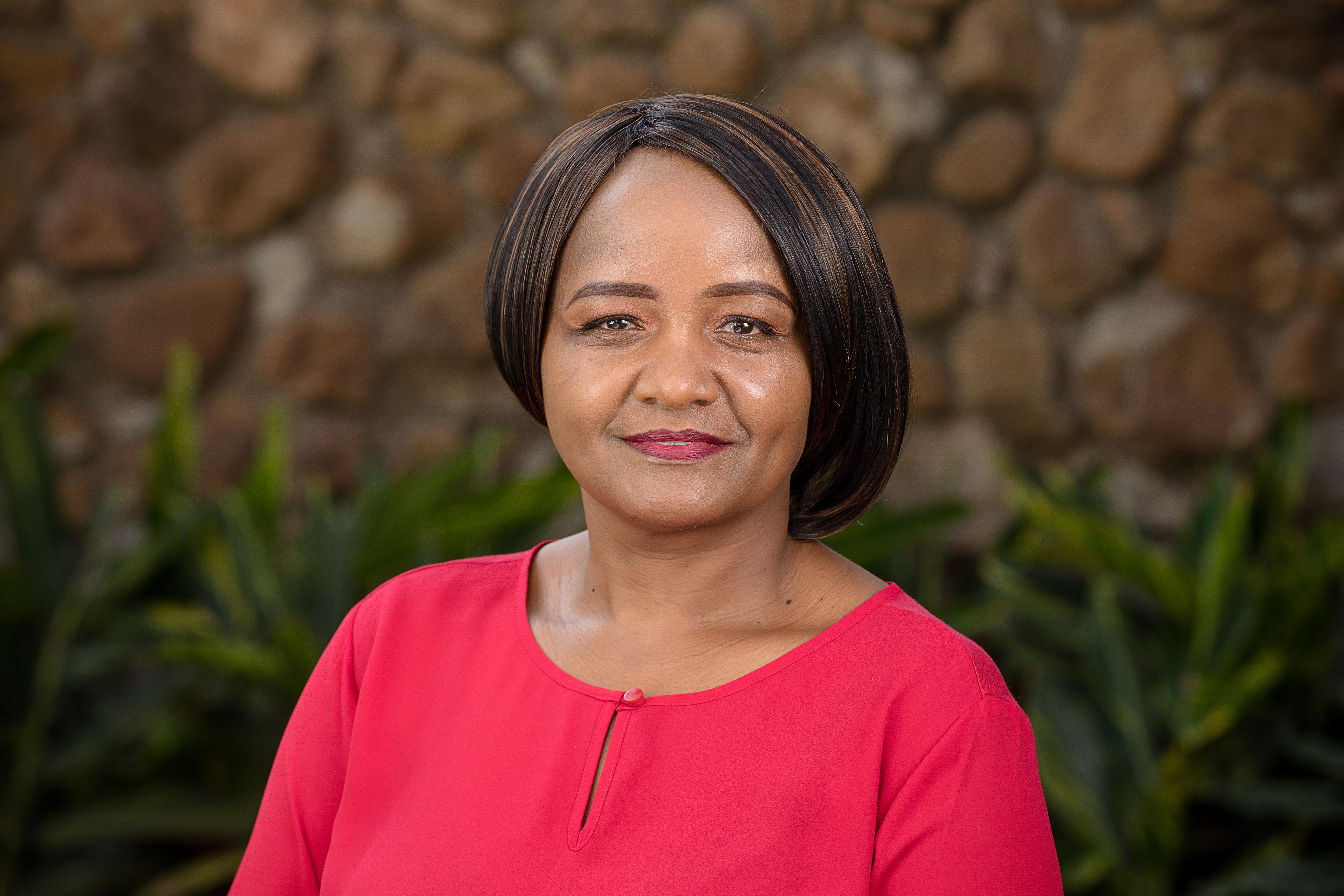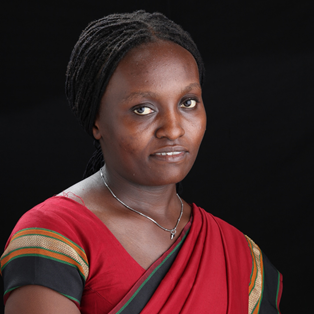By Dr. Canisius Kanangire, Executive Director, AATF
Africa has no shortage of innovation in agriculture—from improved seed varieties and mobile advisory tools to solar-powered irrigation and cold storage solutions. Yet, despite these game-changing technologies, productivity on African farms remains stubbornly low. Why?
At the heart of the issue lies a persistent challenge: the slow and limited commercialization and scaling of agricultural technologies. While research continues to generate powerful solutions to our most pressing agricultural problems, many of these technologies fail to reach the farmers who need them most.
This is a missed opportunity. With 60% of the world’s uncultivated arable land and a youthful, entrepreneurial population, Africa is well-positioned to become a global agricultural powerhouse. But to get there, we must close the gap between innovation and real-world impact.
Why scaling matters
Technologies that promise higher yields, climate resilience, pest resistance, and post-harvest efficiency are already available. But too often, they remain stuck in pilot programs or limited trials. Farmers, especially smallholders, are rarely able to access or afford them on a scale.
Commercialization is how we unlock this potential. It’s not just about selling products—it’s about building ecosystems that allow technologies to flow seamlessly from research labs to rural fields. That includes licensing innovations to seed companies, building strong input distribution systems, developing farmer financing tools, and creating markets that value quality.
If technologies aren’t scaled, we can’t talk meaningfully about improving food and nutrition security or building climate resilience. Commercialization is the bridge between ideas and impact.
Across the continent, we’re beginning to see what’s possible when commercialization is taken seriously.
- In Rwanda, a public-private initiative launched refrigerated trucks to serve fresh produce exporters. These cold trucks, handed over to cooperatives and businesses, are already cutting post-harvest waste and improving market access for horticultural farmers.
- In Kenya, digital platforms are transforming farmers’ access to real-time weather data, agronomic advice, and buyers. The One Million Farmer Platform, supported by the World Bank, has connected over 1.1 million farmers to vital digital tools.
- In Nigeria, innovations like Hello Tractor connect farmers to mechanization services, while mobile money systems such as M-Pesa in Kenya have revolutionized how smallholders access and pay for inputs and services.
These examples prove that where there’s political will, investment, and collaboration, scalable transformation is possible.
Why it is not happening fast enough
Despite these successes, the wider African agricultural landscape still struggles with fragmented markets, poor rural infrastructure, and regulatory bottlenecks. Many farmers can’t access improved seeds, affordable credit, or guaranteed buyers, three essentials for adopting innovation.
And while many development partners support early-stage research, few invest in the commercialisation stage. That needs to change. We must design smarter partnerships that support technology licensing, scale-up mechanisms, and value chain development.
For Africa to fully realize its agricultural promise, commercialization must become a policy and investment priority. Governments should align their efforts with frameworks like the Malabo Declaration and the African Continental Free Trade Area (AfCFTA), while committing to higher budgets for agriculture. Development finance institutions and private investors must co-create financing models that work for smallholders.
At AATF, we’re proud to be championing this agenda by helping bring proven technologies like TELA® maize and PBR cowpea from the lab to the farm, and strengthening seed systems across countries like Nigeria, Ghana, Rwanda, and Kenya.
We know that agriculture doesn’t end at the farm gate. For smallholder farmers to thrive, we must think beyond production to markets, logistics, finance, and policy.
Africa has the technologies. What we need now is the will to scale them.
With committed partnerships, stronger policy environments, and farmer-centered approaches, we can drive agricultural transformation that is not only sustainable but truly African-led. Let’s turn potential into progress—one commercialized innovation at a time.





















































































